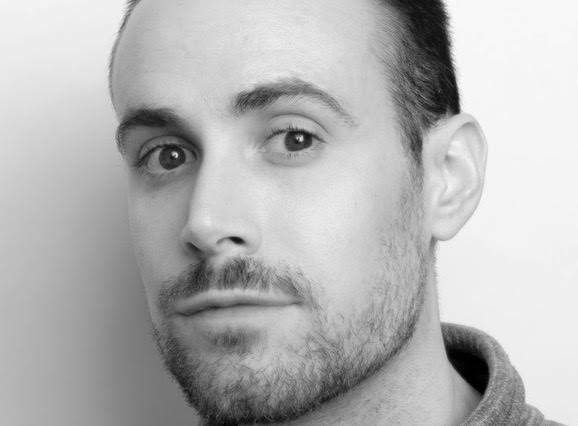
What we do: Founded in 1975, we are among the most experienced international consulting firms focused on helping world-class clients and leading startups solve business-critical problems related to the usability and interactive quality of their products and services. In short, we help make complex products simple and simple products empowering. We are proud to have solutions that are running at the heart of the world economy.
We are focused on solving the following types of critical business problems:
Why New York: Since our founding in 1975, clients often ask us why we are based in NYC when a company so grounded in technology is conventionally headquartered in Silicon Valley. Our answer is simply that we are not a technology company but a technology research and development company. We know from extensive professional experience that New York has more world-class research agencies, testing labs, educational institutions and highly motivated and experienced research professionals than any other city in the world. We thrive in this environment where research drives the development of world-class interactive brands. Clients benefit from our extensive network of allied research professionals and partners. We firmly believe that where we live and work determines how we solve problems, develop client relationships, and deal with an increasingly complex business landscape.
How we got here: The firm was founded in 1975 by Charles L. Mauro. He believed in one overriding principle: making complex products and systems understandable and usable demands the formal application of professional human factors engineering during all phases of product development. His vision remains central to our mission today. We were the first non-military consulting firm to create a formal usability testing lab (1976), the first to create a highly structured and repeatable research methodology (1977) and the first to employ web-based usability testing methods (1995).

Founder and President
Charles L Mauro CHFP is the President and Founder of MUS, a leading provider of neuroscience-based design research focused on UX optimization and usability for complex products and services.

Senior Vice President Brand Management
Andrea Mauro is Director of Visual Interface Design and Interactive Brand Development at MUS, where she has worked extensively with Fortune 500 clients on issues of visual brand development, corporate communications, retail store design, e-commerce strategy and interactive brand development.

Director of Research
Christopher Morley is Director of Research at MUS, where he has managed numerous complex medical device research programs involving levels of device/methodology/user group complexity, ranging from traditional to advanced.